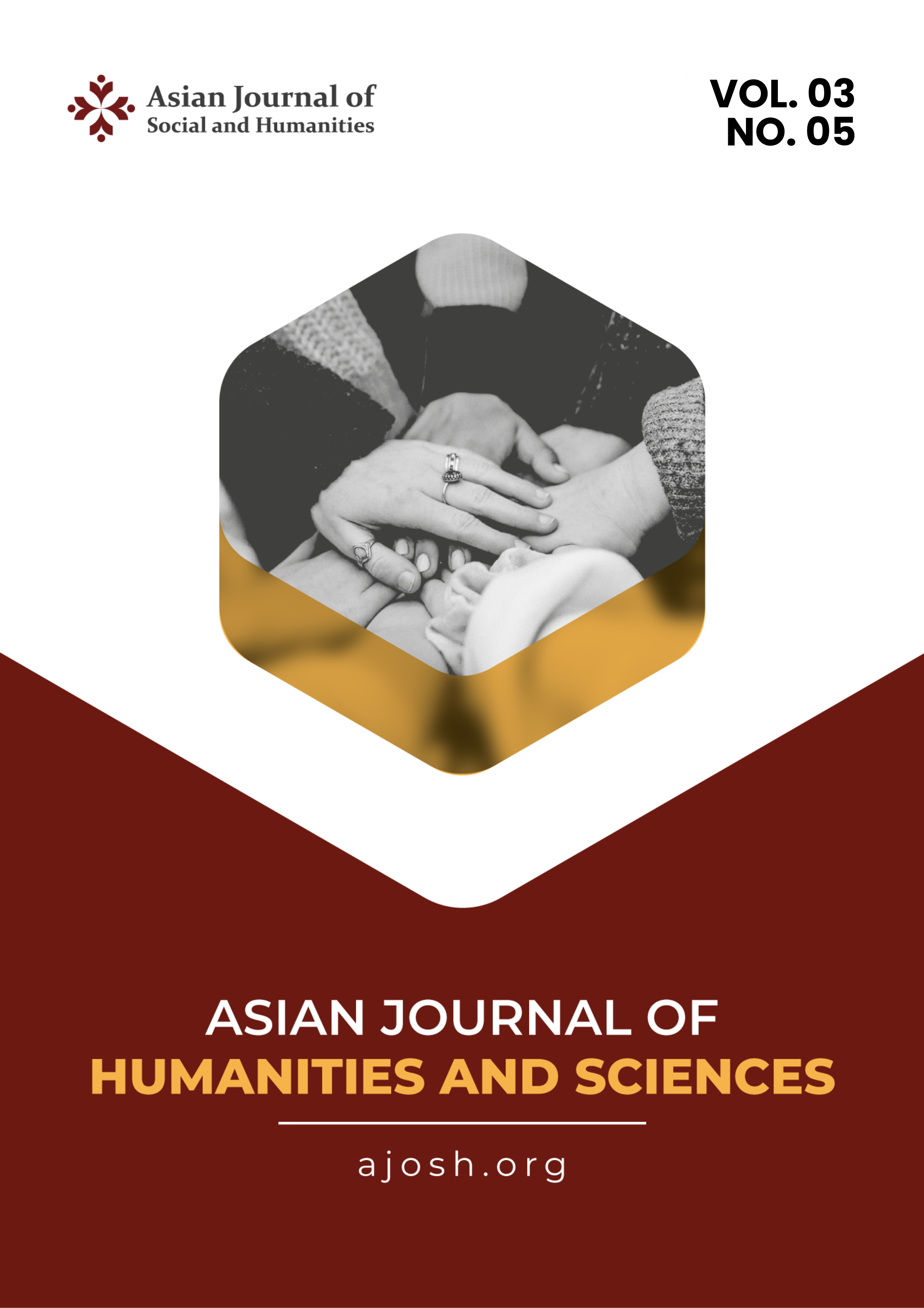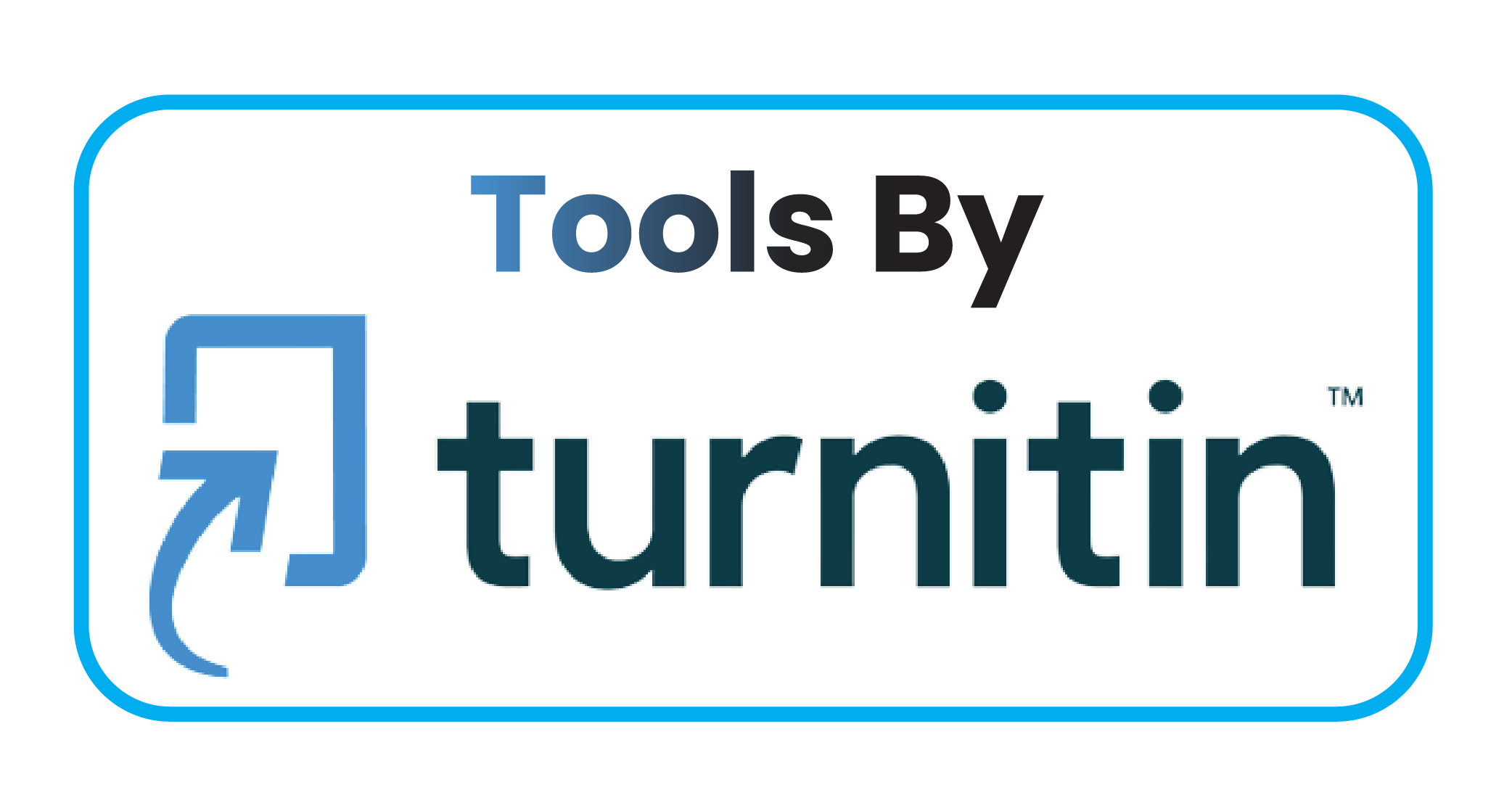Formulation of Coalition Threshold For Political Parties Based on Proportionality Principles In The Presidential Election Post Constitutional Court Decision No. 62/PUU-XXII/2024
DOI:
https://doi.org/10.59888/ajosh.v3i5.496Keywords:
coalition threshold;, proportionality;, political party dominance;, presidential electionAbstract
This research aims to formulate a maximum threshold for political party coalition membership based on proportionality principles to prevent dominance. Research findings indicate that in Indonesia's positive legal system, particularly regarding presidential elections, there are no legal norms explicitly defining political party coalition dominance in presidential candidate nominations. Article 6A of the 1945 Constitution does not directly address this matter but implicitly regulates the limitation of absolute dominance through a "two candidate pairs" mechanism in the second round, preventing all parties from joining a single coalition. Law Number 7 of 2017 on Elections also provides no explicit definition, though Article 229 Paragraph (2) implies prevention of nomination monopoly by a single coalition. Theoretically, political party coalition dominance can occur macroscopically (power concentration by large coalitions) and microscopically (internal domination by majority parties within coalitions). In the macroscopic context, dominance includes the formation of large coalitions that dominate the presidential nomination process, while in the microscopic context, dominance occurs when one political party within the coalition has excessive influence over joint decisions. To prevent this, a normative formulation of maximum coalition membership thresholds based on proportionality principles is proposed. Two alternative maximum threshold percentages are proposed: 25% or 50% of the total number of political parties participating in the election.
Downloads
Published
Issue
Section
License
Copyright (c) 2025 Harimurti Adi Nugroho, O. Djunaedi, Ismail Ismail

This work is licensed under a Creative Commons Attribution-ShareAlike 4.0 International License.
Authors who publish with this journal agree to the following terms:
- Authors retain copyright and grant the journal right of first publication with the work simultaneously licensed under a Creative Commons Attribution-ShareAlike 4.0 International. that allows others to share the work with an acknowledgement of the work's authorship and initial publication in this journal.
- Authors are able to enter into separate, additional contractual arrangements for the non-exclusive distribution of the journal's published version of the work (e.g., post it to an institutional repository or publish it in a book), with an acknowledgement of its initial publication in this journal.
- Authors are permitted and encouraged to post their work online (e.g., in institutional repositories or on their website) prior to and during the submission process, as it can lead to productive exchanges, as well as earlier and greater citation of published work.










